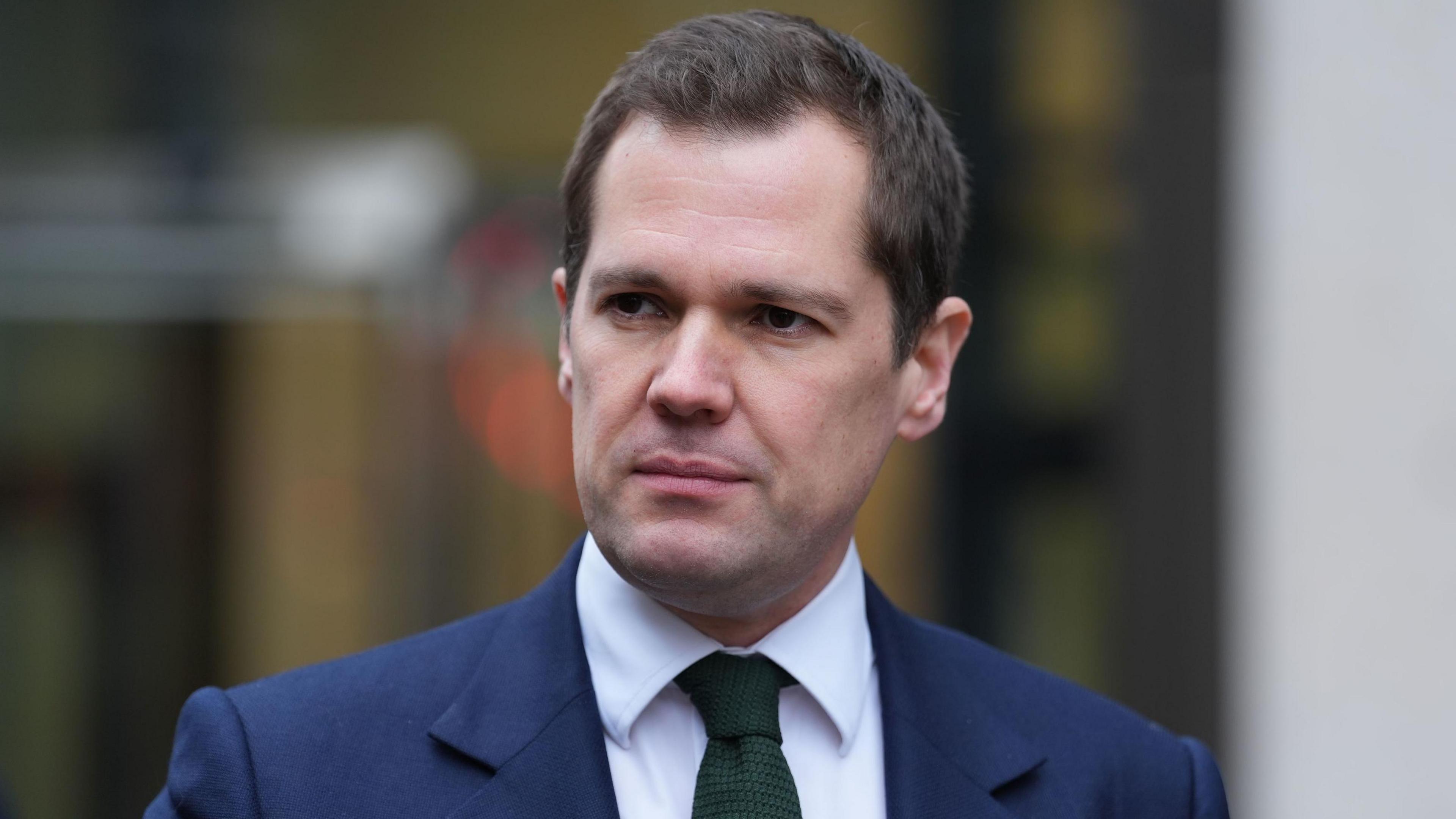'You don't have to be white to be English'
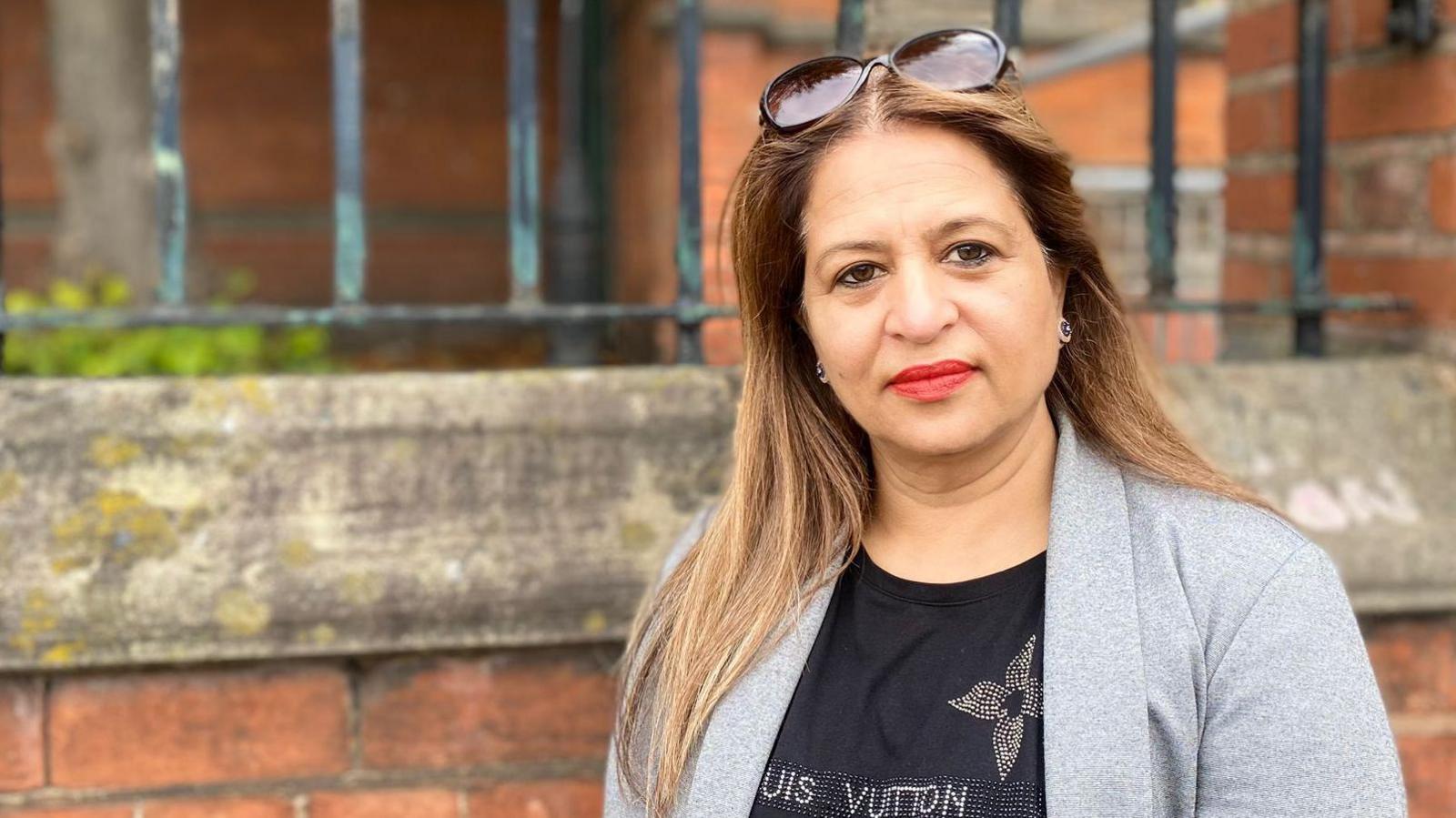
Rani Rawji said people did not have to be white to be English
- Published
"You don't have to be white to be English," was how one woman in Handsworth, Birmingham, responded to shadow justice secretary Robert Jenrick's view the area was "one of the worst-integrated places", slum-like, and had no visible white faces.
As several politicians criticised the Conservative's words, Rani Rawji insisted skin colour was no means to gauge social cohesion.
Ms Rawji - business liaison manager for Soho Road Business Improvement District - said the area had Christians, Muslims, Sikhs and Hindus working, living and shopping together in an area of restaurants, stores and family pubs.
She is one of many to share with the BBC their assessment of Jenrick's comments about where they live.
Jenrick has defended his words about the inner city neighbourhood - comments which the mayor of the West Midlands Richard Parker described as racist.
Ms Rawji said she felt defensive after hearing Jenrick's criticism, adding: "Handsworth is a flourishing area.
"Everybody's happy. We don't seem to have an issue."
Responding to Jenrick's line about poor integration, she added: "You don't have to be white to be English."
Labour mayor Parker echoed the point that inclusion and national identity need not be reflected by ethnic demography, and expressed doubt that Jenrick would have made a comment about poor integration with reference to predominantly white areas.
Many people of various backgrounds who spoke to the BBC on Tuesday repeated Ms Rawji's positive assessment of the area - one which according to the University of Birmingham is among the most deprived and densely-populated in the city, with frequent overcrowding, and a long history of migration.
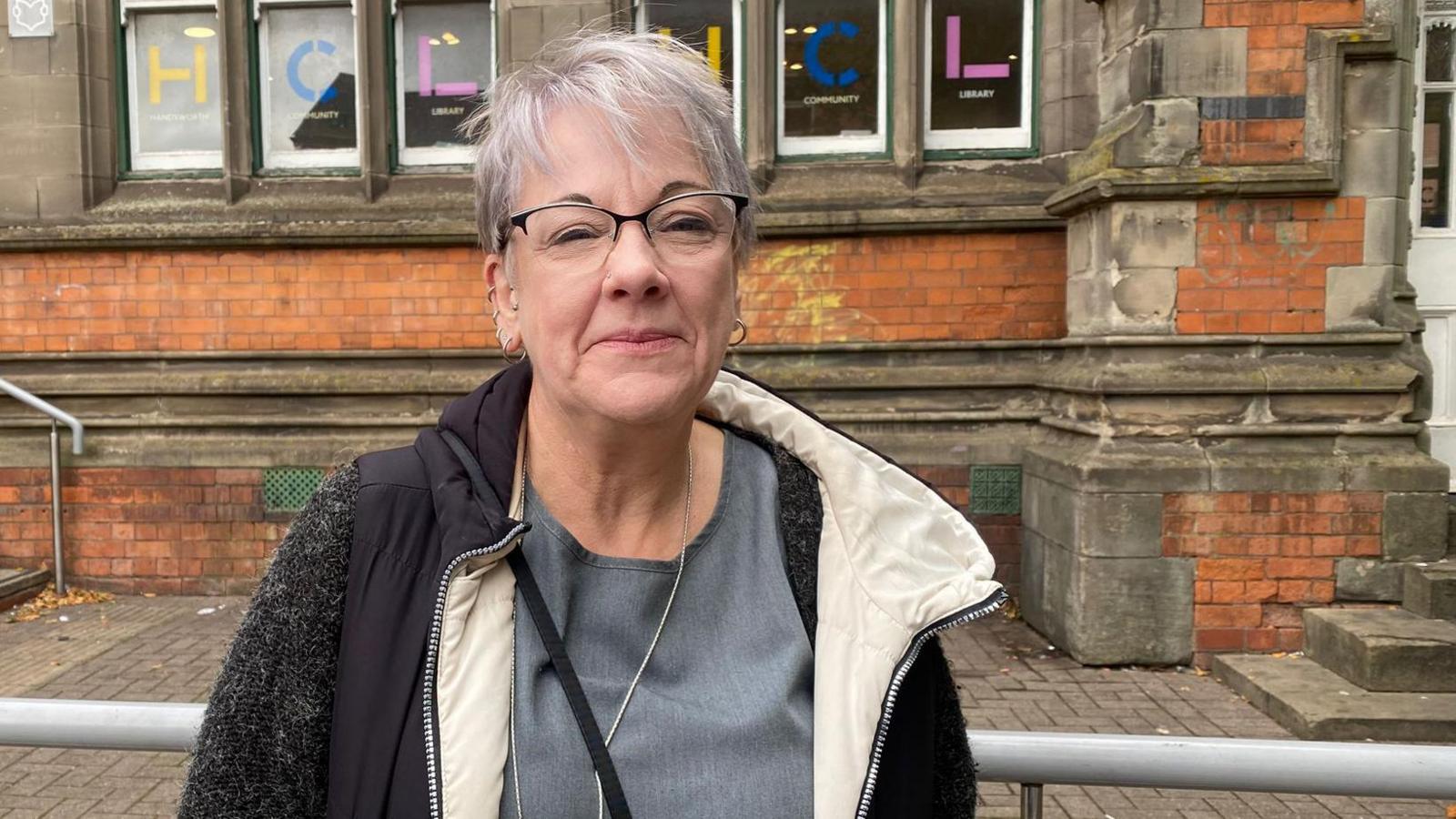
Sarah Alodus said Jenrick did not know the area at all
Jenrick's biography, external notes how he was born in 1980s Wolverhampton, spent most of his life in the Midlands, and attended Wolverhampton Grammar School before reading history at Cambridge.
Sarah Alodus, 58, who works in Handsworth, said while Jenrick claimed to know the area "I don't believe he does at all. [What he has said is] just rubbish".
She said Handsworth was a lovely community, full of businesses and other activities, telling the BBC: "I don't feel threatened here. I think it's a lovely area. I enjoy it."
Resident Shaheela Mir, meanwhile, who has a jewellery business on Soho Road, simply said Jenrick was "wrong".
She said: "The community's really good. The community's very helpful. The community sticks up for each other. If anyone's in danger, the community will come out and help."
Others said they agreed with Jenrick, who within his review of Handsworth stated it was "the closest I've come to a slum in this country".
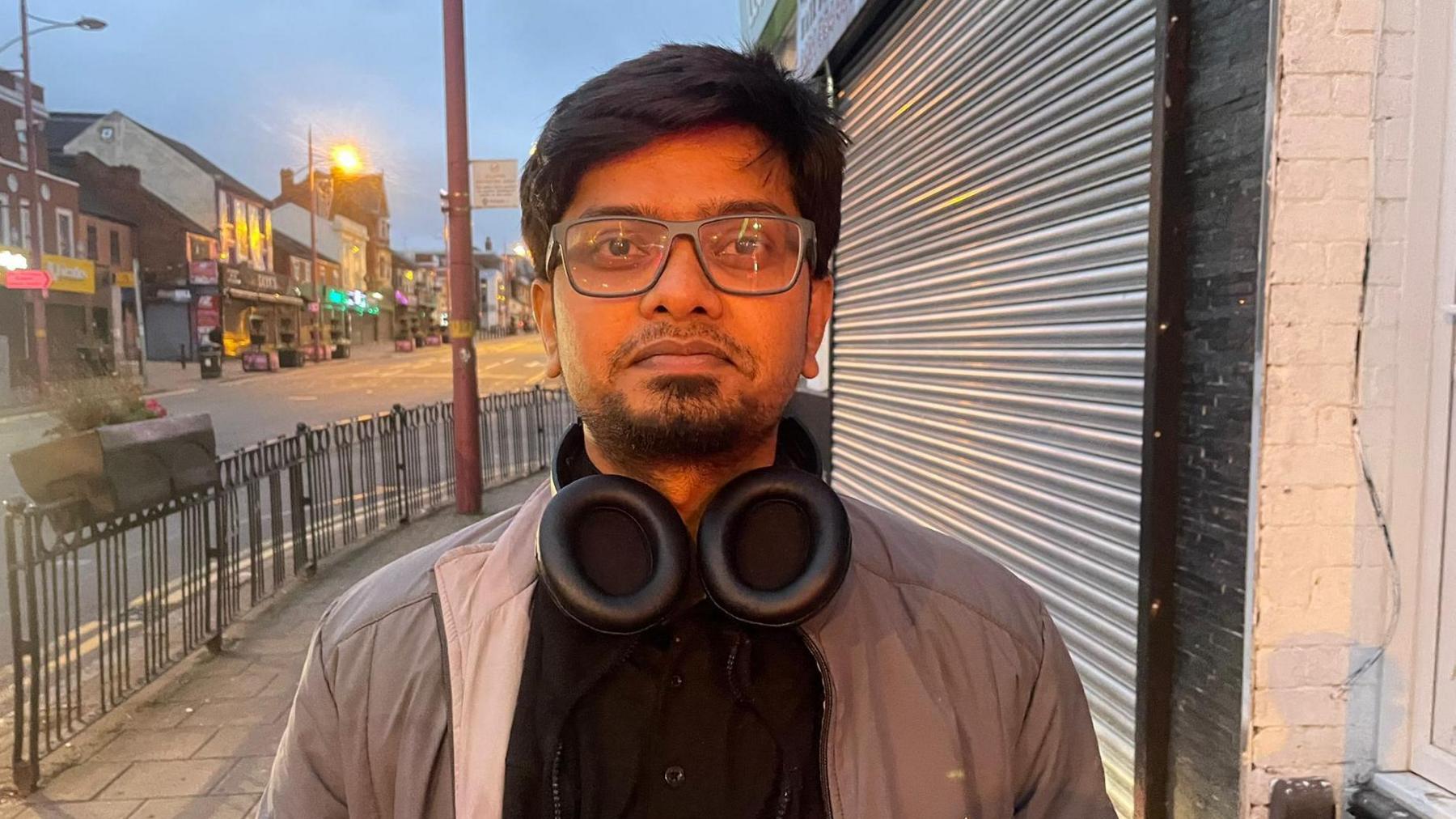
Mariaj Khan said he was not offended by Robert Jenrick's words
Mariaj Khan said the area was a slum and he was not offended by the comments because they were true.
Mr Khan said he only saw Asian and black people, adding: "I never saw a white face around here."
There were, however, white people living in the area, he said, but they tended to not be British.
As for the area's appearance, he added there was "garbage everywhere", with multiple people living in single houses – sometimes three or four families in one property, he claimed.
Mr Khan stated that if there was integration in the area, you would see faces of "every other colour".
Another resident on Tuesday, a man called Dave, suggested that different communities kept themselves to themselves but "there's no trouble".
Adding that "Handsworth is very diverse", he said Asian and Jamaican communities mainly shopped at their own shops, but that just depended on what people's food tastes were.
He said the area also had Czechs, Poles, Romanians and Russians but "not in great bundles".
Asked whether he considered the area to be a slum, he said: "It's not great – just the litter alone - and you have the drunks and the prostitutes everywhere, so that's not good for the people going to work at a bus stop when they see all the drunks arguing."
He said: "I'm not saying it's a slum. I'm just saying there could be more done to help it."
However, the majority of people who spoke to the BBC on Soho Road on Tuesday painted a more positive picture.
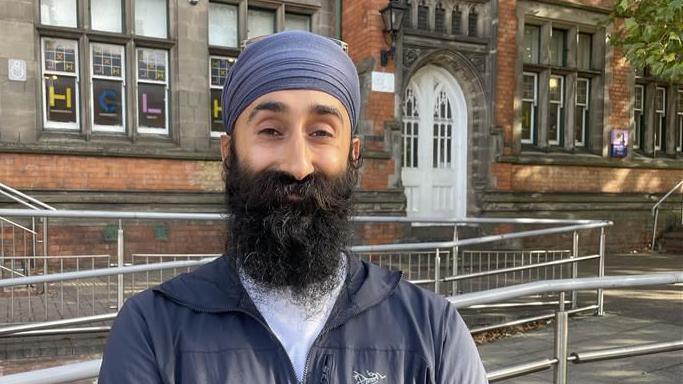
Shuranjeet Singh said he had "immense optimism" for Handsworth
Shuranjeet Singh, who is standing to be a Labour councillor in the area, was born and raised in Handsworth and said he was "proud" of the community and a "proud Brummie".
"We have challenges but we don't walk away from talking about it," he said.
He said Handsworth faced the same problems as other areas of Birmingham including anti-social behaviour, drugs and the sex work market, but he said Jenrick "must have been walking around with his eyes closed".
He said he had "immense optimism" for Handsworth, which had a large Victorian park, big Victorian houses, a beautiful library, and was "deceptively leafy".
He described it as an area where "history and heritage blend together" and as a beacon of multicultural society.
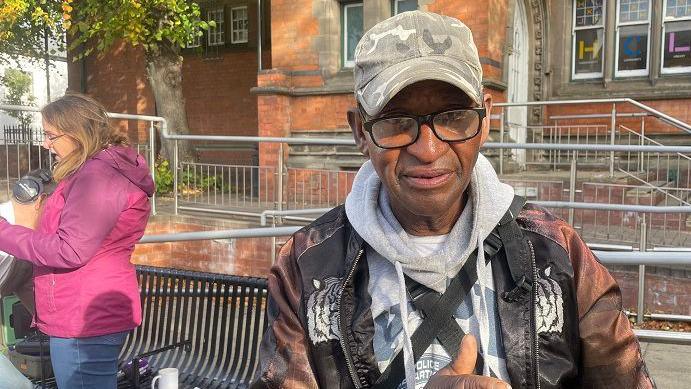
Victor Hector Pinkney, aka Mr Handsworth, said Handsworth was for everyone
Victor Hector Pinkney, who is known locally as Mr Handsworth, said: "Don't talk about Handsworth if you don't live in Handsworth."
Mr Pinkney, originally from Jamaica, who was honoured for his work in the community, said: "It's more than an integrated place – it's for everyone; unity in the community."
Pawn shop owner Dave Volante said Handsworth had "no more problems than anywhere else". He said his customers were from around the world and he called many of them friends.
Waseem Zaffar, Handsworth Labour councillor, said the area was "massively integrated", adding: "Where else can you find Indians and Pakistanis doing business together?"
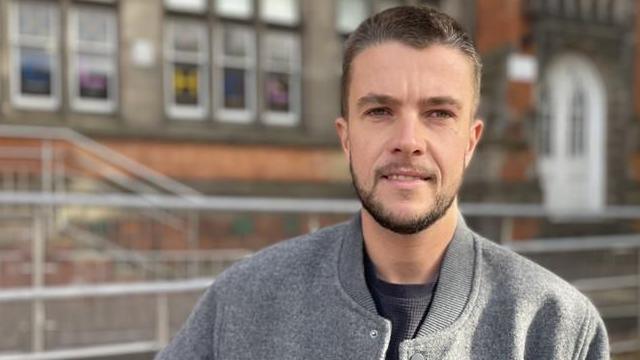
Waseem Zaffar said Handsworth was an integrated place
Other residents spoke of examples of integration, while others said they were yet to see it.
Rhona, aged 79, a black woman who has lived in Handsworth since 1959, said the area had seen a big change, adding: "All the other areas are getting fixed up and [Handsworth] is just left".
She said, however, that people living there helped each other, adding her neighbour was Asian and "we just get on with each other", but she added: "Some people don't want to know."
Another Handsworth resident Amarjit Singh, who has been in the UK for about eight years, said the area lacked "togetherness", saying people did not help those who needed it.
Sushma Kaler, 46, who grew up in the area, said there was a large amount of homelessness in Handsworth which caused "tension", with many people on benefits, plus people suffering financially during the cost-of-living crisis which had "determined a lot" in the area. She said: "We're struggling a lot more."
She said there were Asian, black and white families living on her road and one man from Ghana went away for months on end, but, she added, "when you see him he literally hugs you and you feel like you've still got a community going on".
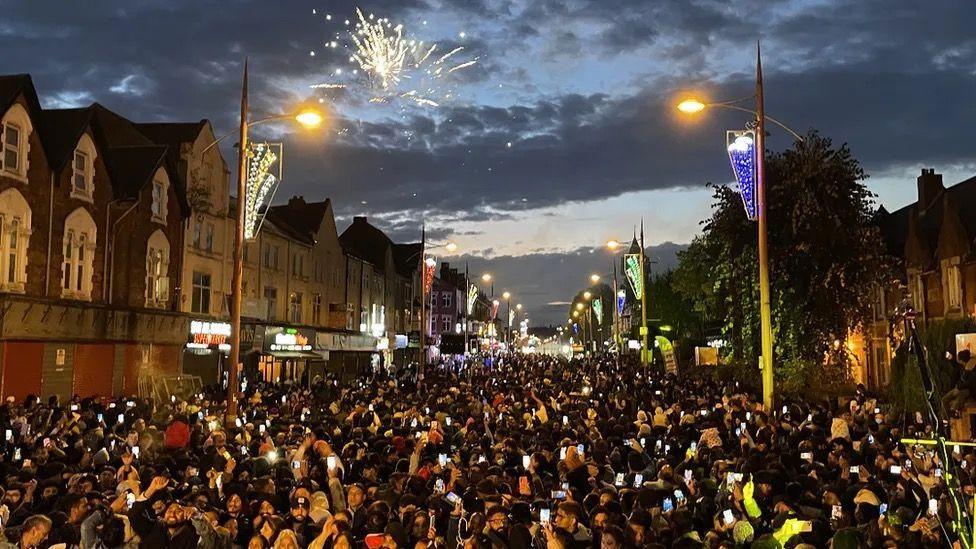
Soho Road has seen crowds fill the streets for Diwali celebrations in previous years
Jenrick has come in for criticism from local politicians of various affiliation.
Among them was regional mayor Richard Parker who when asked by the BBC whether he thought Jenrick's words were racist, said: "I do.
"He's set out intentionally to draw on a particular issue – people's colour – to identify the point he wanted to make."
He told BBC Radio WM that Jenrick's comments showed "a lack or respect and understanding" for communities, adding: "I doubt whether or not if he went to a largely white community anywhere in the West Midlands he'd be making a comment similar to what he made about Handsworth."
Handsworth's Independent MP Ayoub Khan told the station that Jenrick had undermined the community, adding a lack of investment by the previous Conservative government had not helped the area.
He also suggested that Jenrick had sought to misrepresent and exploit the area's appearance amid a city-wide bin strike during which "there'll be fly-tipping, there'll be rubbish".
He added of Jenrick's comments: "That kind of rhetoric is not just divisive, it's very dangerous."
Referencing the Handsworth riots of the 1980s, Parker's predecessor Andy Street, Conservative, said the area had "come a hell of a long way in the 40 years since the last civil disturbances there, adding it was integrated and "not a definition of a slum".
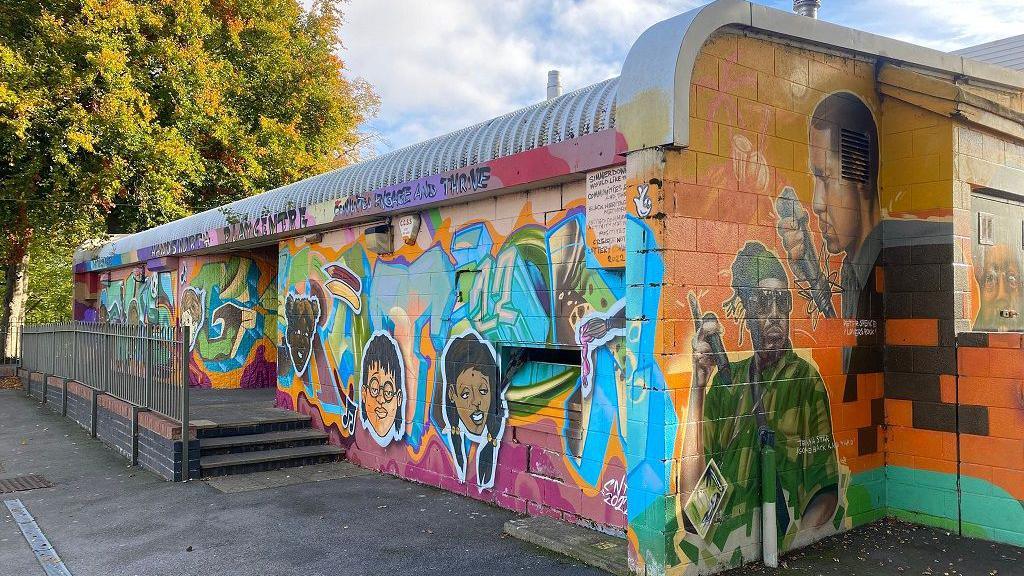
Mayor Richard Parker said Jenrick's comments showed "a lack or respect and understanding" for communities
Get in touch
Tell us which stories we should cover in Birmingham and the Black Country
Follow BBC Birmingham on BBC Sounds, Facebook, external, X, external and Instagram, external.
Related topics
- Published7 October
